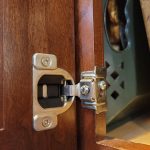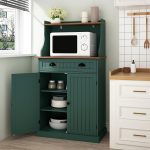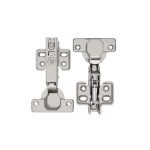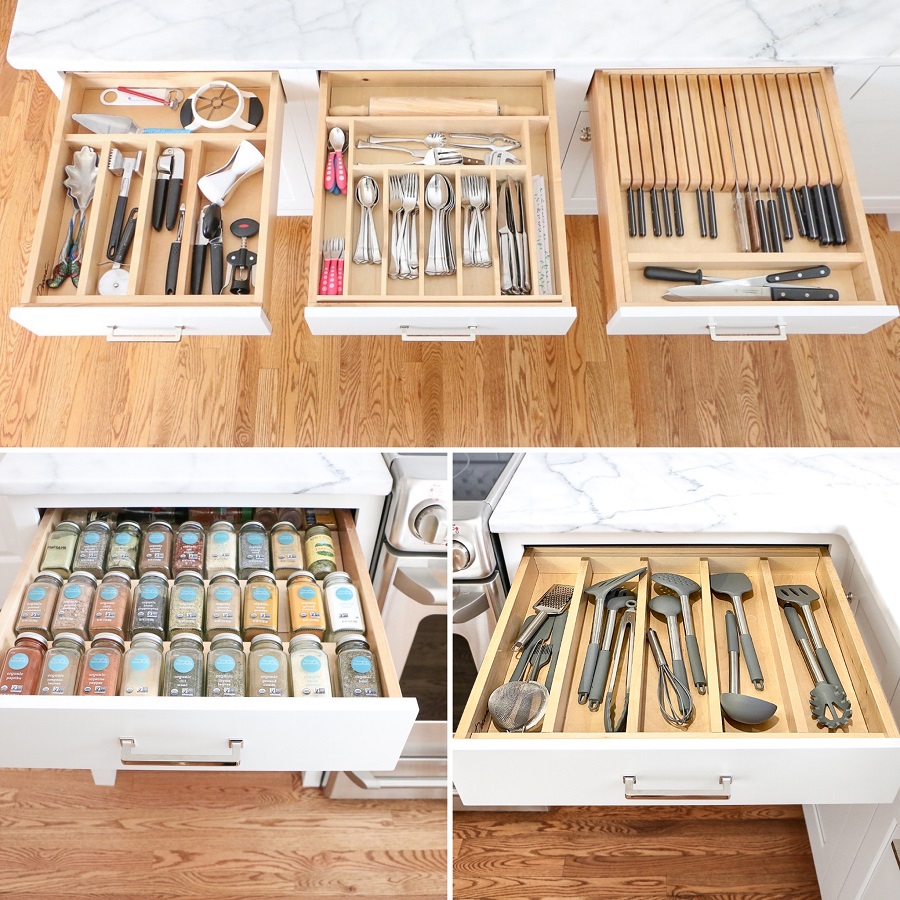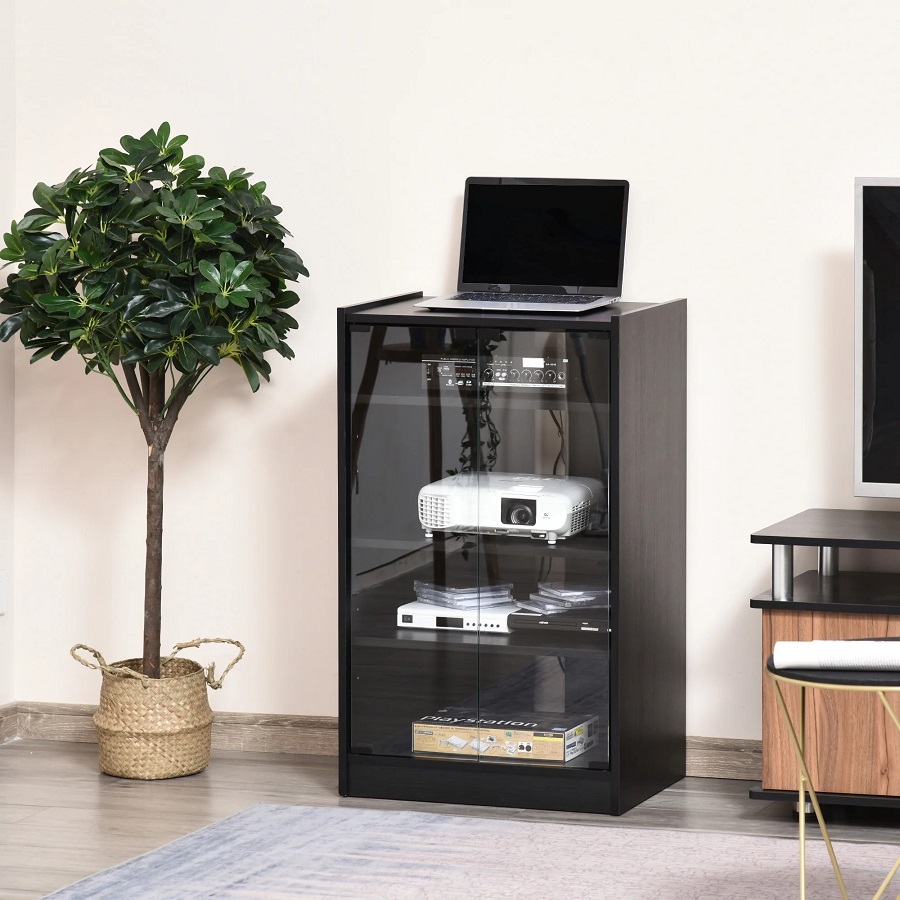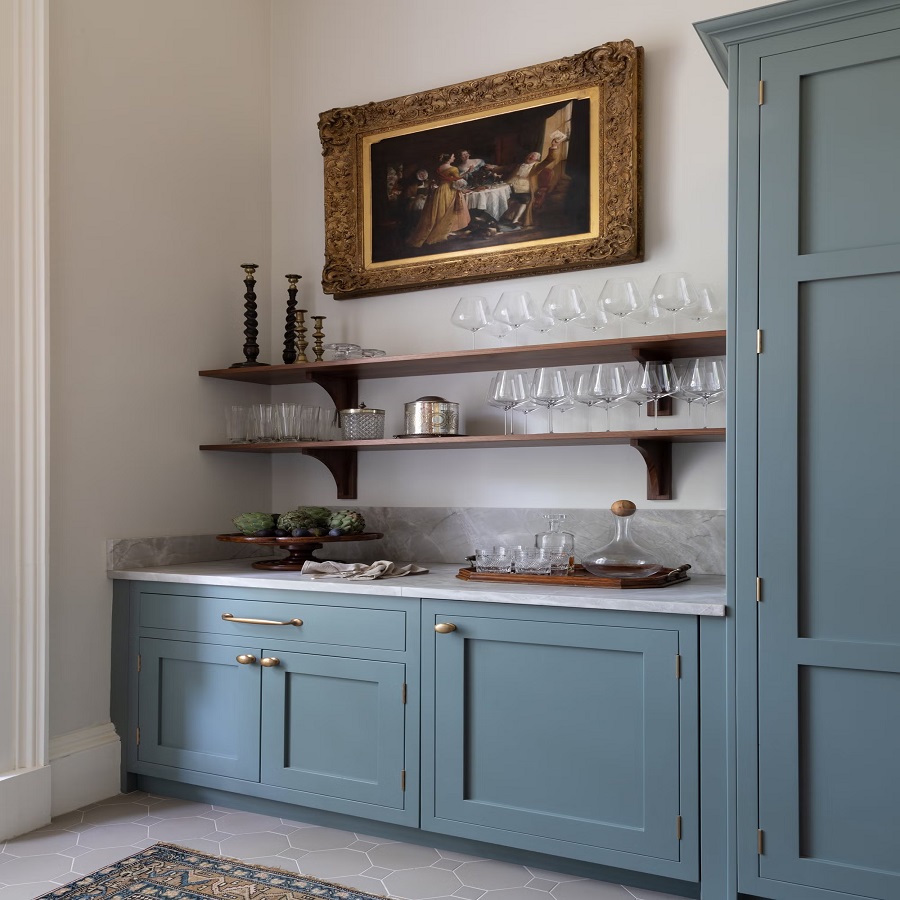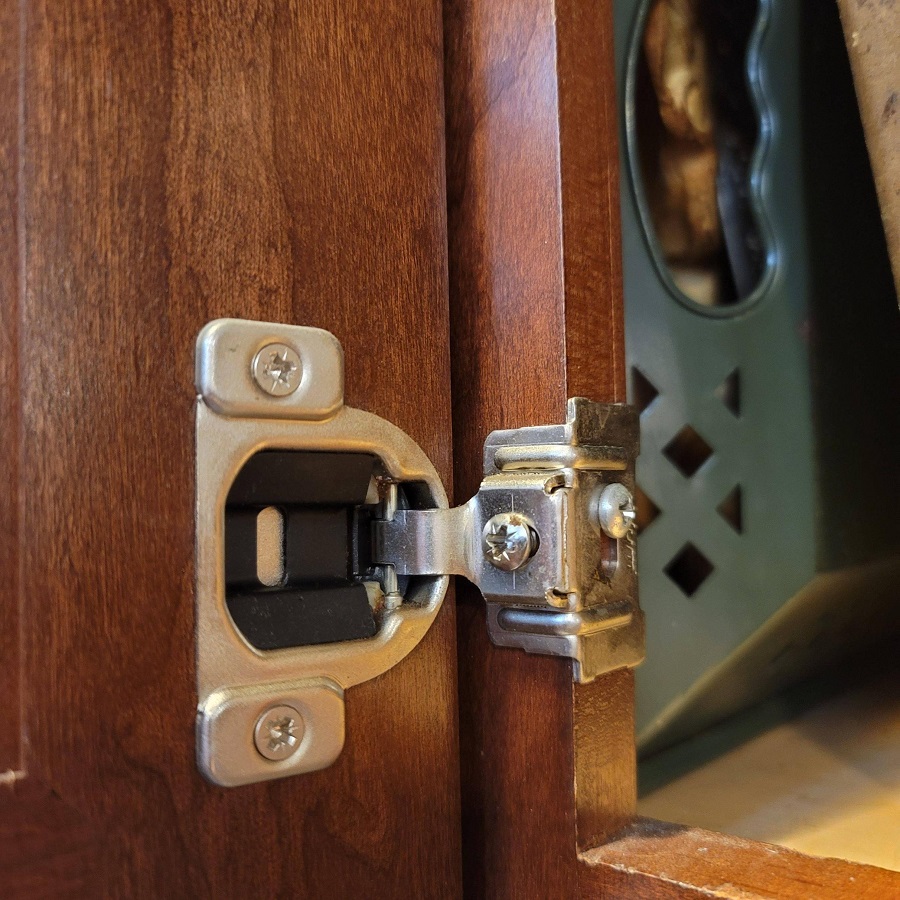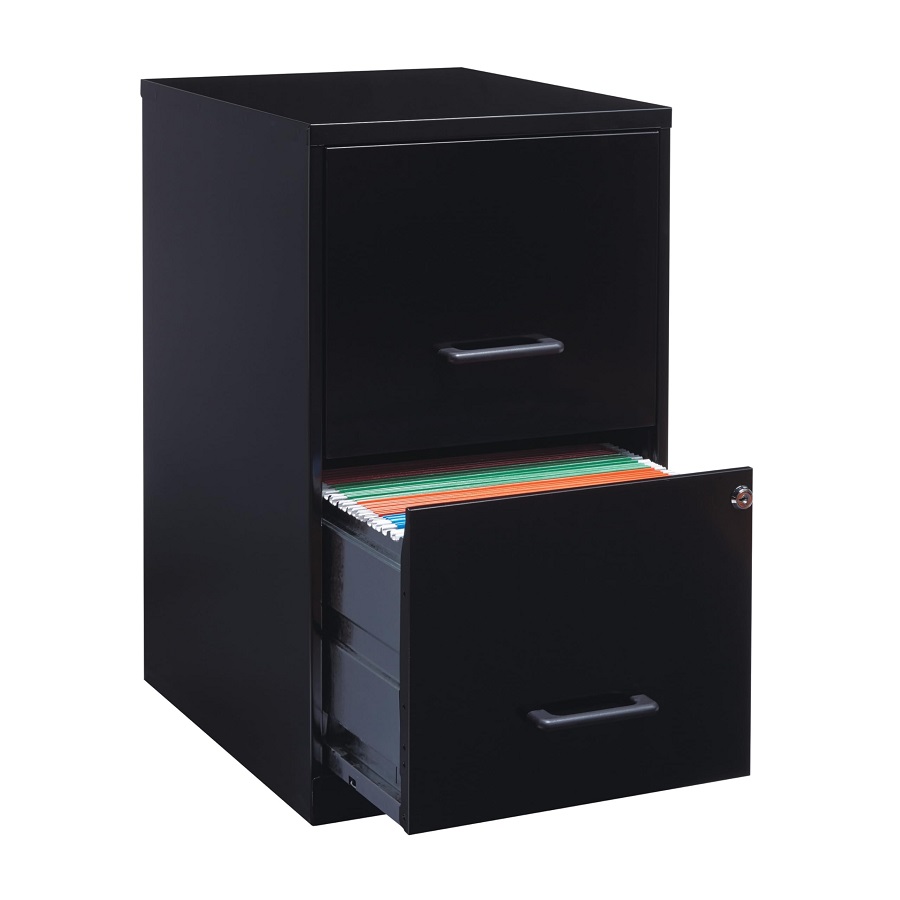Organizing your kitchen drawers can be a game-changer for maintaining a tidy and efficient kitchen. A well-organized drawer helps you find what you need quickly and keeps your cooking space clutter-free. If you’re looking to take control of your kitchen chaos, a DIY drawer organizer might be just the solution. This guide provides practical tips and creative ideas to help you design and implement a drawer organization system tailored to your needs.
Why DIY Drawer Organizers?
Benefits of Customization
DIY drawer organizers offer several benefits over store-bought options. Customization is a significant advantage, allowing you to tailor the size, shape, and compartments of your organizer to fit your specific needs. You can adjust the organizer to accommodate various kitchen tools, from utensils and cutlery to gadgets and spices. This personalized approach ensures that every item has a designated spot, which can enhance both functionality and aesthetics.
Cost-Effectiveness
Creating your own drawer organizers can also be more cost-effective than purchasing pre-made solutions. With some basic materials and tools, you can build organizers at a fraction of the price of high-end store-bought versions. Additionally, DIY projects allow you to repurpose materials you already have, further reducing costs. This budget-friendly approach is particularly beneficial if you’re organizing multiple drawers or working with a tight budget.
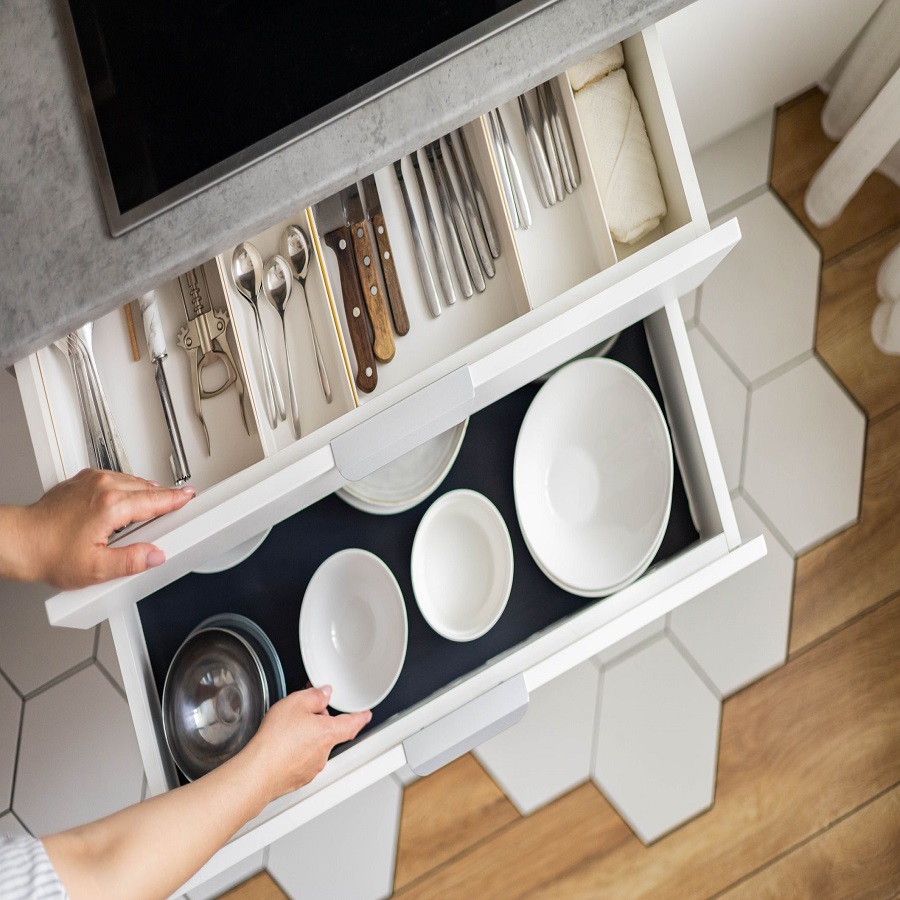
Essential Materials for DIY Drawer Organizers
Choosing the Right Materials
When embarking on a DIY drawer organizer project, selecting the right materials is crucial. Common materials include wood, plastic, and cardboard. Wood offers durability and a classic look, while plastic is lightweight and easy to clean. Cardboard, on the other hand, is an affordable option that can be easily customized. Consider the items you plan to store and choose materials that can support their weight and withstand regular use.
Tools and Supplies
In addition to materials, you’ll need some basic tools and supplies for your DIY project. Essential tools include a saw (for cutting wood), a ruler or measuring tape, a utility knife (for cutting plastic or cardboard), and adhesive or screws (for assembly). You might also need sandpaper (for smoothing wooden edges) and paint or stain (for finishing touches). Having the right tools on hand will make the construction process smoother and more efficient.
Planning Your Drawer Organizer Design
Assessing Your Needs
Before you start building, assess the contents of your kitchen drawers and determine what needs to be organized. Make a list of the items you want to store, such as utensils, spices, or baking tools. Consider the size and shape of these items, as well as how frequently you use them. This assessment will guide your design choices, helping you create an organizer that meets your specific needs.
Measuring Your Drawer
Accurate measurements are crucial for a successful DIY drawer organizer. Measure the dimensions of your drawer, including width, depth, and height. Additionally, measure the items you plan to store to ensure your organizer will fit them comfortably. Consider adding some extra space for flexibility and ease of access. Proper measurements will help you create an organizer that fits perfectly and maximizes your drawer’s potential.
Building Your DIY Drawer Organizer
Constructing a Wooden Organizer
If you choose to build a wooden organizer, start by cutting your wood pieces to the desired sizes. Assemble the pieces using screws or adhesive, ensuring that the compartments are well-aligned and secure. Sand the edges to avoid splinters and finish the organizer with paint or stain to match your kitchen décor. Wooden organizers offer durability and a polished look, making them a popular choice for many DIY enthusiasts.
Creating a Plastic or Cardboard Organizer
For a plastic or cardboard organizer, start by cutting your material to size. Assemble the pieces using adhesive, ensuring that the compartments are sturdy and well-structured. Plastic organizers can be reinforced with additional layers or inserts for added durability. Cardboard organizers can be decorated with contact paper or paint to enhance their appearance. These materials are easy to work with and offer flexibility in design.

Organizing Specific Kitchen Items
Utensils and Cutlery
One of the primary uses for drawer organizers is storing utensils and cutlery. Design compartments that accommodate different types of utensils, such as spoons, forks, knives, and cooking tools. Consider adding dividers to keep items separated and easily accessible. A well-organized utensil drawer can streamline meal preparation and ensure that you always have the right tool at hand.
Spices and Condiments
Another common use for drawer organizers is storing spices and condiments. Create small, shallow compartments to hold spice jars or condiment bottles. You can use adjustable dividers to accommodate different sizes and shapes. Organizing spices in this manner makes it easy to find what you need while cooking and can help prevent clutter in your kitchen cabinets.
Baking Tools and Gadgets
Baking tools and gadgets often require specialized storage solutions. Design compartments that fit items like measuring cups, spoons, rolling pins, and cookie cutters. Consider creating adjustable sections to accommodate varying sizes and shapes. An organized baking drawer ensures that all your tools are readily available when you need them, making baking projects more enjoyable.
Maintaining Your DIY Drawer Organizer
Regular Cleaning and Upkeep
To ensure the longevity of your DIY drawer organizer, perform regular cleaning and upkeep. Wipe down wooden surfaces with a damp cloth and mild cleaner to remove dust and spills. For plastic organizers, use a non-abrasive cleaner and avoid submerging them in water. Cardboard organizers should be kept dry and free from moisture to prevent warping. Regular maintenance helps keep your organizer looking and functioning like new.
Adjusting for Changing Needs
As your kitchen needs change, you may need to adjust your drawer organizer. If you acquire new utensils or change your cooking habits, consider modifying your organizer to accommodate these changes. You can add or remove dividers, adjust compartment sizes, or even repurpose the organizer for different uses. Flexibility is key to maintaining an efficient and functional kitchen organization system.
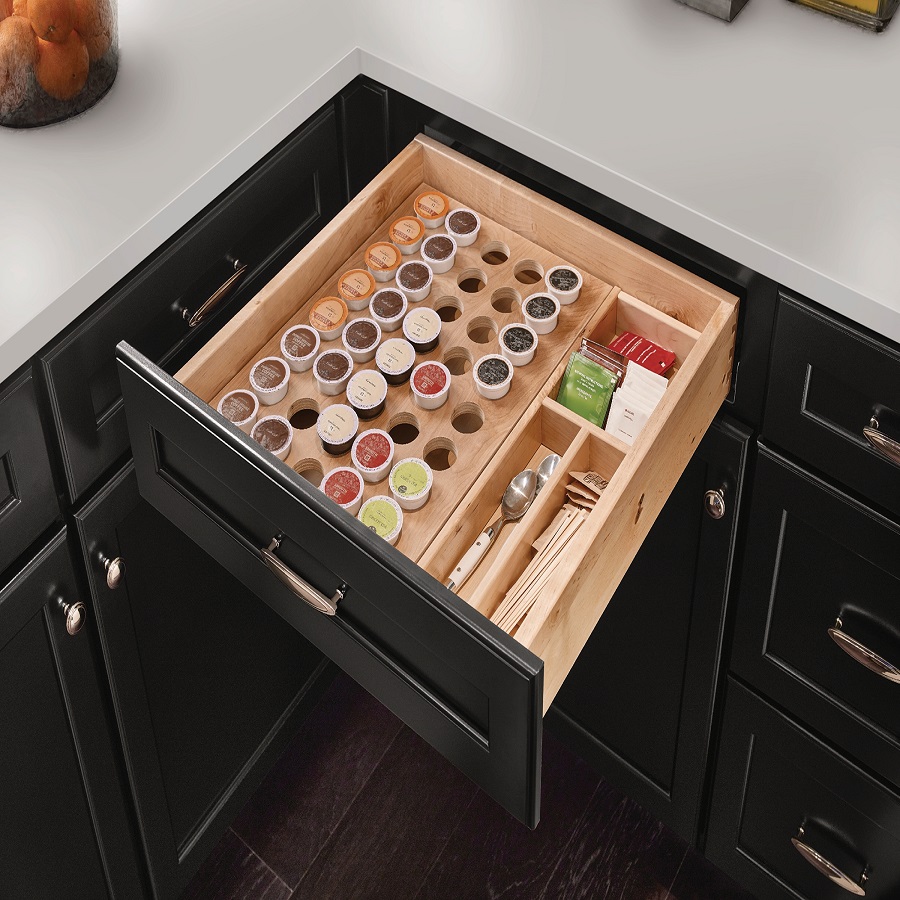
Creative DIY Drawer Organizer Ideas
Modular and Expandable Designs
Modular and expandable drawer organizers offer versatility and customization. Design a modular system with interlocking pieces that can be added or rearranged as needed. This approach allows you to adapt your organizer to changing needs and different drawer sizes. Expandable designs can be adjusted to fit various drawer dimensions, making them a practical solution for dynamic kitchen environments.
Customized Inserts and Dividers
Consider adding customized inserts and dividers to your drawer organizer for a more tailored approach. You can create specialized compartments for items like kitchen gadgets, recipe cards, or even cutlery. Use materials like foam, acrylic, or fabric to create inserts that fit snugly within your organizer. Customized inserts enhance organization and make it easier to find and access specific items.
Thematic or Decorative Elements
Incorporate thematic or decorative elements into your DIY drawer organizer to add a personal touch to your kitchen. Use paint, patterned contact paper, or decorative handles to enhance the appearance of your organizer. You can also design organizers with a specific theme, such as a farmhouse or modern style, to match your kitchen décor. These decorative touches make your organizer both functional and visually appealing.
Conclusion
Creating a DIY drawer organizer for your kitchen is a rewarding project that combines practicality with creativity. By customizing your organizer to fit your specific needs, you can enhance your kitchen’s functionality and maintain a clutter-free environment. Whether you choose wood, plastic, or cardboard, the key is to design an organizer that meets your needs and complements your kitchen décor. With thoughtful planning, careful construction, and regular maintenance, your DIY drawer organizer can become an essential tool in your kitchen organization arsenal.


